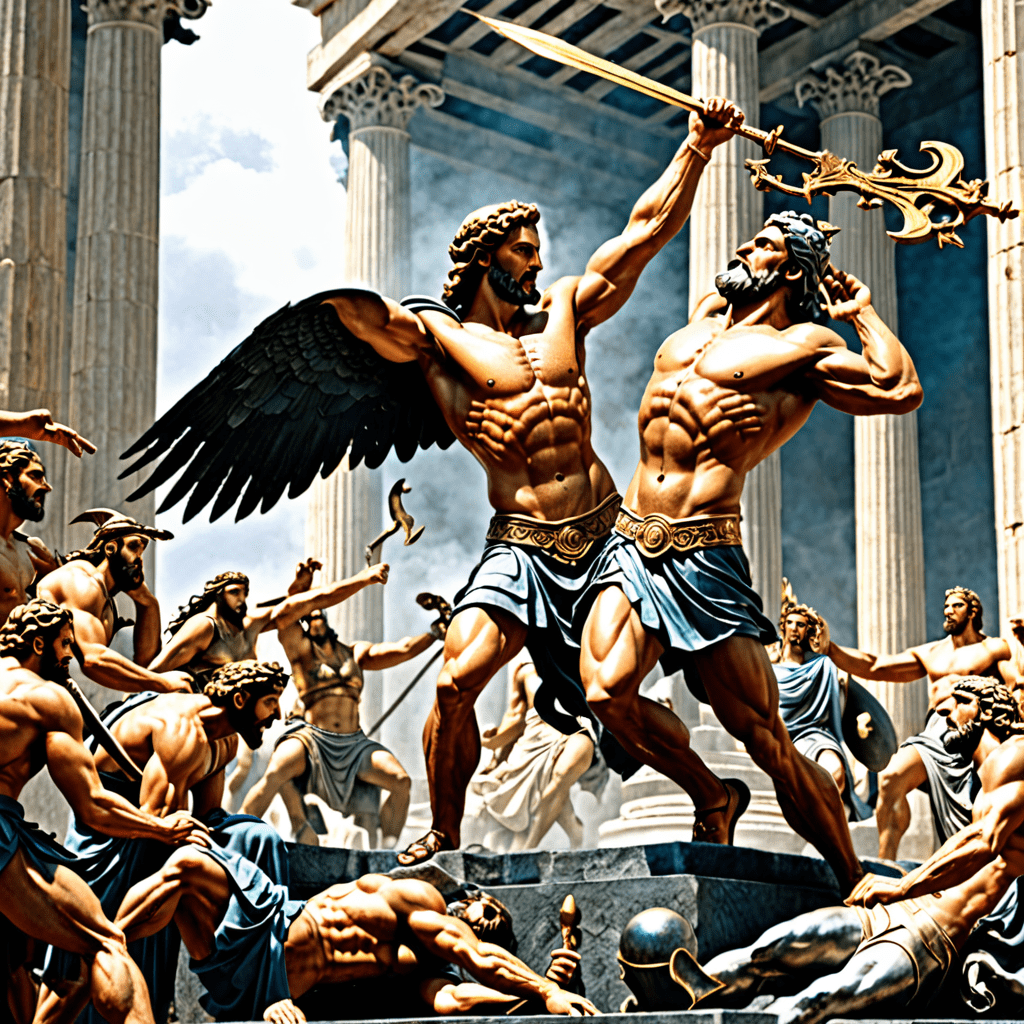Origins and Beliefs
The Wyandot Nation, also known as the Huron, is an Iroquoian-speaking Native American people indigenous to the Great Lakes region of North America. Their mythology, like many other Native American mythologies, is deeply rooted in nature and spirituality. The Wyandot believed in a creator god, a great spirit, and a variety of other supernatural beings, including animal spirits and thunderbirds.
The Creation Myth
According to Wyandot mythology, the world was created by a powerful being known as Iouskeha. Iouskeha is often depicted as a giant turtle or a man with a turtle's head. He is said to have created the earth, the sky, the sun, the moon, and the stars. He also created the first humans from clay.
The Great Spirit
The Wyandot believed in a supreme being known as the Great Spirit. The Great Spirit was seen as the creator of all things and the ruler of the universe. He was often depicted as an old man with white hair and a long white beard. The Wyandot believed that the Great Spirit was all-powerful and all-knowing. They prayed to him for guidance and protection.
Animal Spirits
The Wyandot believed that animals had spirits that could communicate with humans. These animal spirits were often seen as guides and protectors. The Wyandot had a special respect for certain animals, such as the bear, the wolf, and the eagle. They believed that these animals had special powers and could help them in times of need.
The Afterlife
The Wyandot believed that the afterlife was a place where the spirits of the dead went to live. The afterlife was seen as a happy place where there was no pain or suffering. The Wyandot believed that the spirits of the dead could communicate with the living through dreams and visions.
Shamans and Medicine Men
The Wyandot had a class of spiritual leaders known as shamans or medicine men. Shamans were believed to have the ability to communicate with the spirits of the dead and to heal the sick. They used a variety of methods to enter a trance state, including drumming, chanting, and dancing. Shamans were also skilled in the use of herbal remedies.
Legends of the Thunderbirds
The Wyandot had a number of legends about thunderbirds. Thunderbirds were believed to be powerful creatures that controlled the weather. They were often depicted as giant birds with lightning bolts for eyes. The Wyandot believed that thunderbirds could cause thunder and lightning by flapping their wings.
The Serpent Mound
The Serpent Mound is a large earthen effigy mound located in Ohio. It is shaped like a serpent and is over 1,300 feet long. The Serpent Mound was built by the Adena people around 1,000 BC. The Wyandot adopted the Serpent Mound as a sacred site and believed that it was the home of a powerful serpent spirit.
Modern Adaptations of Wyandot Mythology
Wyandot mythology has been adapted into a variety of modern forms, including art, literature, and music. Many Wyandot artists have created paintings, sculptures, and other works of art that depict Wyandot myths and legends. Wyandot writers have also published novels, short stories, and poems that explore Wyandot mythology. And Wyandot musicians have created songs that tell the stories of Wyandot myths and legends.
The Legacy of Wyandot Storytelling
Wyandot storytelling is a rich tradition that has been passed down from generation to generation. Wyandot stories are not only entertaining, but they also teach important lessons about Wyandot history, culture, and values. Wyandot storytelling is a vital part of Wyandot identity and continues to play an important role in Wyandot communities today.
Frequently Asked Questions
Q: Who created the world according to Wyandot mythology?
A: Iouskeha, a powerful being often depicted as a giant turtle or a man with a turtle's head.
Q: What is the name of the Wyandot supreme being?
A: The Great Spirit, an all-powerful and all-knowing creator of all things.
Q: What animals did the Wyandot have a special respect for?
A: Animals like the bear, the wolf, and the eagle, which were seen as guides and protectors with special powers.
Q: Where did the Wyandot believe the spirits of the dead went after death?
A: To a happy afterlife where there was no pain or suffering, and they could communicate with the living through dreams and visions.
Q: What was the significance of the Serpent Mound to the Wyandot?
A: They adopted it as a sacred site and believed it was the home of a powerful serpent spirit.
Q: How is Wyandot mythology preserved and shared today?
A: Through art, literature, music, and storytelling, continuing to play an important role in Wyandot communities and preserving their history, culture, and values.



